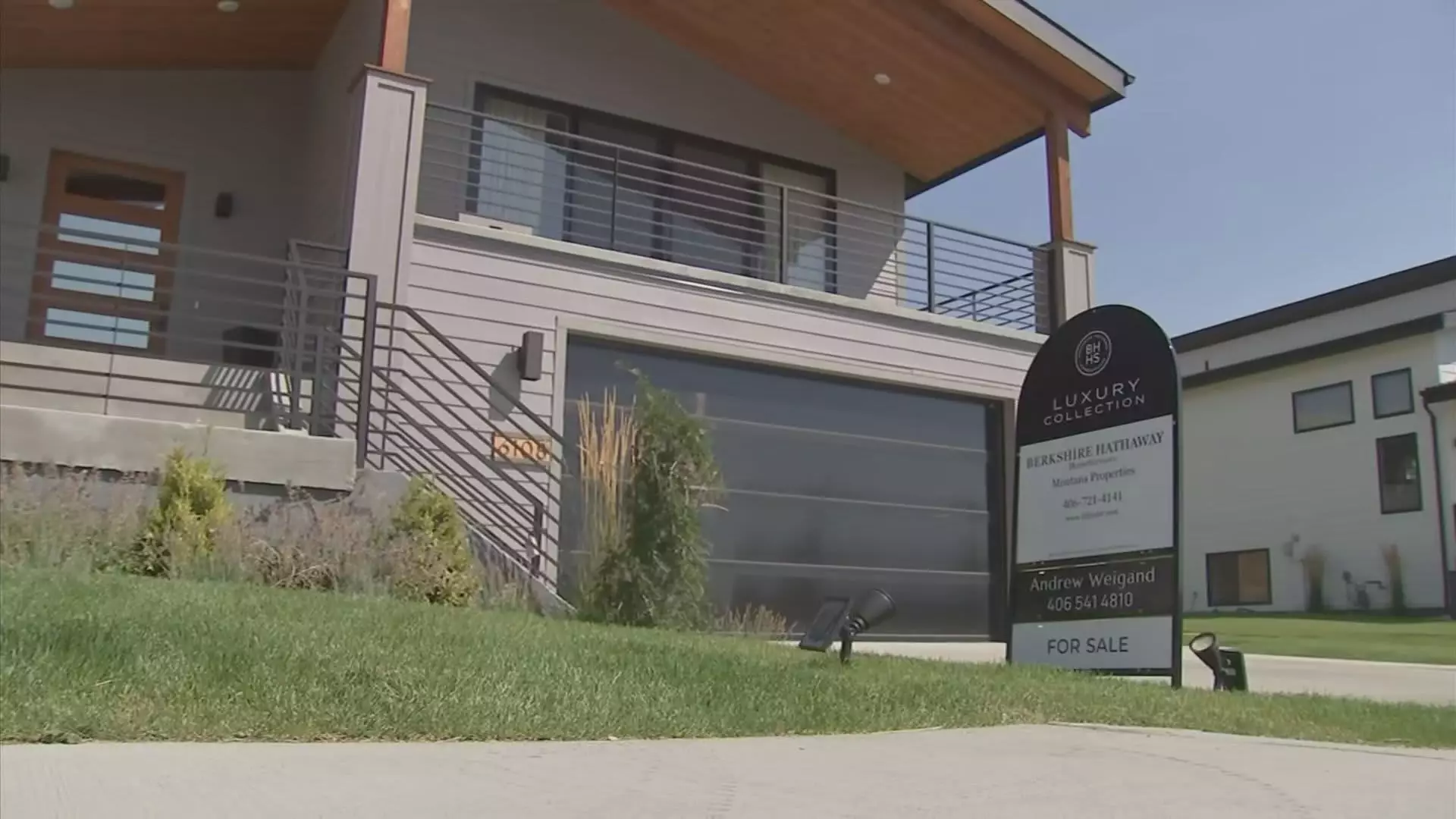As the spring 2025 real estate season approaches, a concerning trend emerges for first-time homebuyers: the diminishing availability of affordable starter homes. Traditionally considered the entry point into homeownership, starter homes—typically characterized by their modest size of under 1,400 square feet—are becoming increasingly rare. In 2023, only 9% of new homes constructed in the United States fit this category, a stark decline from 40% in 1982. This shift raises significant questions about the accessibility of homeownership for younger generations and the implications for the broader real estate market.
One of the pivotal factors contributing to this crisis is the restrictive zoning laws imposed at local levels across the country. These regulations dictate the types of homes that can be constructed in various neighborhoods, often favoring larger, high-end properties. Experts suggest that such laws have inadvertently stifled the production of more affordable options. Sam Khater, chief economist at Freddie Mac, highlights the challenges builders face, where the costs associated with land and construction materials have escalated significantly. Since 2010, labor and material costs have increased by approximately 50%, while land costs have skyrocketed by a staggering 125%. This financial strain has led many builders to abandon the market for affordable homes altogether, focusing instead on high-end single-family and multifamily dwellings.
The landscape for starter homes worsened following the 2007-2008 global financial crisis, which saw a consolidation in the homebuilding industry and a decline in annual new home construction rates. In comparison to the early 2000s, current rates are woefully inadequate to meet demand. Simultaneously, an unusual market dynamic is emerging, characterized by a significant decrease in homes available for sale. Many homeowners today are reluctant to move, largely due to advantageous mortgage rates locked in from previous years. The result is a pronounced scarcity in the housing supply, exacerbating the difficulties faced by approximately three million potential first-time buyers.
As of 2024, the situation escalates with home prices continuing to rise, having surmounted a staggering 52% since January 2020. Prospective buyers are now grappling with median home prices that have reached untenable heights, all while mortgage rates hover around 7%. This confluence of factors creates a perfect storm, leaving first-time buyers struggling to find homes that fit their budgets. Jessica Lautz, deputy chief economist at the National Association of Realtors, underscores the peculiar nature of the current market: while first-time homebuyers are at an all-time low, cash buyers are flooding the market at record levels. This disparity makes it increasingly challenging for those relying on financing to compete.
As these challenges mount, the demographics of those entering the housing market are evolving. In 2024, the typical age of a first-time homebuyer reached an all-time high of 38, significantly higher than the previous average of 29 in 1981. This shift indicates that many potential buyers are being pushed into delayed homeownership, further complicating the cycle of affordable housing.
The future of homeownership, particularly for first-time buyers, looks increasingly precarious. The decline of starter homes is symptomatic of broader systemic issues in the housing market, including restrictive zoning laws, rising costs, and shifting demographic trends. As America grapples with these challenges, it remains to be seen how stakeholders—including policymakers, developers, and communities—will address these pressing concerns to ensure that homeownership remains a viable dream for future generations. Only through concerted efforts can we hope to reverse the trend and provide accessible pathways into the housing market for first-time buyers.

